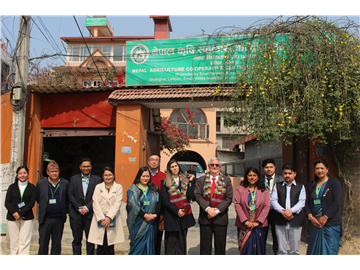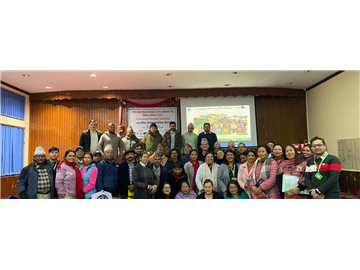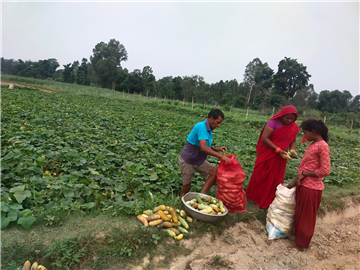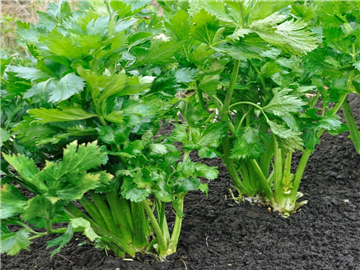Agriculture in Nepal: The Backbone of Our Economy
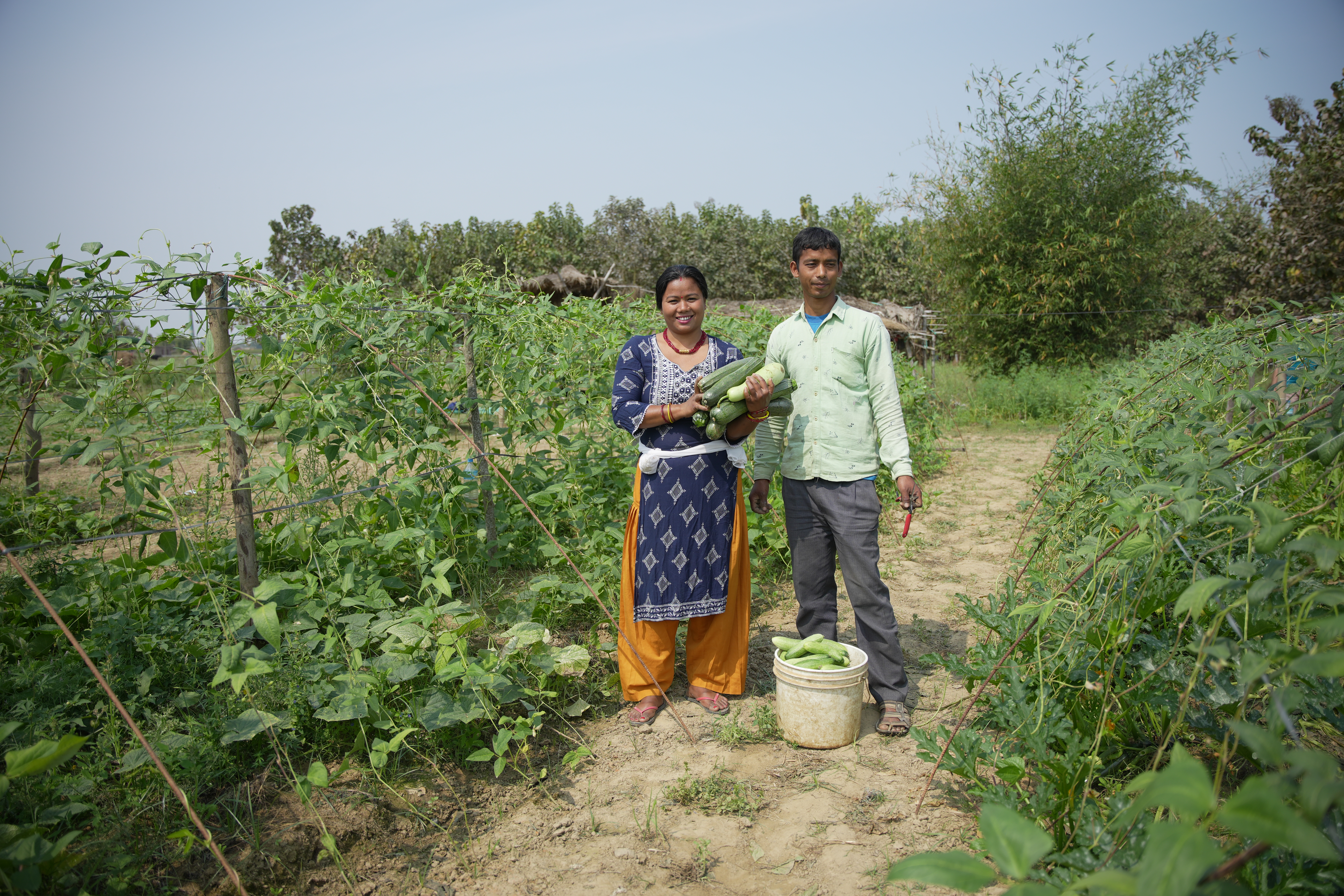
Agriculture in Nepal: The Backbone of Our Economy
Nepal is a country blessed with diverse landscapes, from the fertile Terai plains to the hilly midlands and the high Himalayan regions. Agriculture is not just an occupation here—it’s a way of life. More than 60% of Nepal’s population depends on farming for their livelihood. Despite challenges, Agriculture in Nepal remains the backbone of our economy, contributing significantly to GDP and food security.
Traditional and Modern Farming Practices
In Nepal, traditional farming methods have been passed down for generations. Farmers use indigenous knowledge, organic fertilizers, and local seeds. However, with changing times, modern techniques such as climate-smart agriculture, greenhouse farming, and mechanization are becoming more common. Organizations like NACCFL are working closely with farmers to introduce better farming techniques and cooperative models that help small farmers thrive.
Major Crops and Livestock
Nepal grows a variety of crops, depending on the region and climate. The Terai region is ideal for rice, wheat, maize, and sugarcane, while the hills and mountains produce millet, barley, buckwheat, and potatoes. Livestock farming, including dairy, poultry, and goat farming, is also a major part of rural livelihoods.
Challenges in Agriculture
Despite its importance, Agriculture in Nepal faces several challenges:
-
Climate Change: Unpredictable weather patterns, floods, and droughts affect crop yields.
-
Limited Irrigation: Many farmers still depend on rainwater for irrigation, making farming risky.
-
Low Access to Markets: Small farmers often struggle to sell their products at fair prices.
-
Lack of Modern Technology: Many farmers still rely on traditional tools and methods, reducing productivity.
The Role of Cooperatives and Organizations
To overcome these challenges, cooperatives and farmer groups play a crucial role. Organizations like NACCFL support smallholder farmers by providing training, financial support, and better market access. Through collective efforts, farmers can achieve better productivity and profitability.
Moving Towards Sustainable Agriculture
The future of Agriculture in Nepal depends on adopting sustainable practices. Organic farming, agroforestry, and climate-resilient crops can help farmers adapt to changing conditions. Supporting local farmers and cooperatives ensures that Nepalese agriculture continues to grow and sustain future generations.
